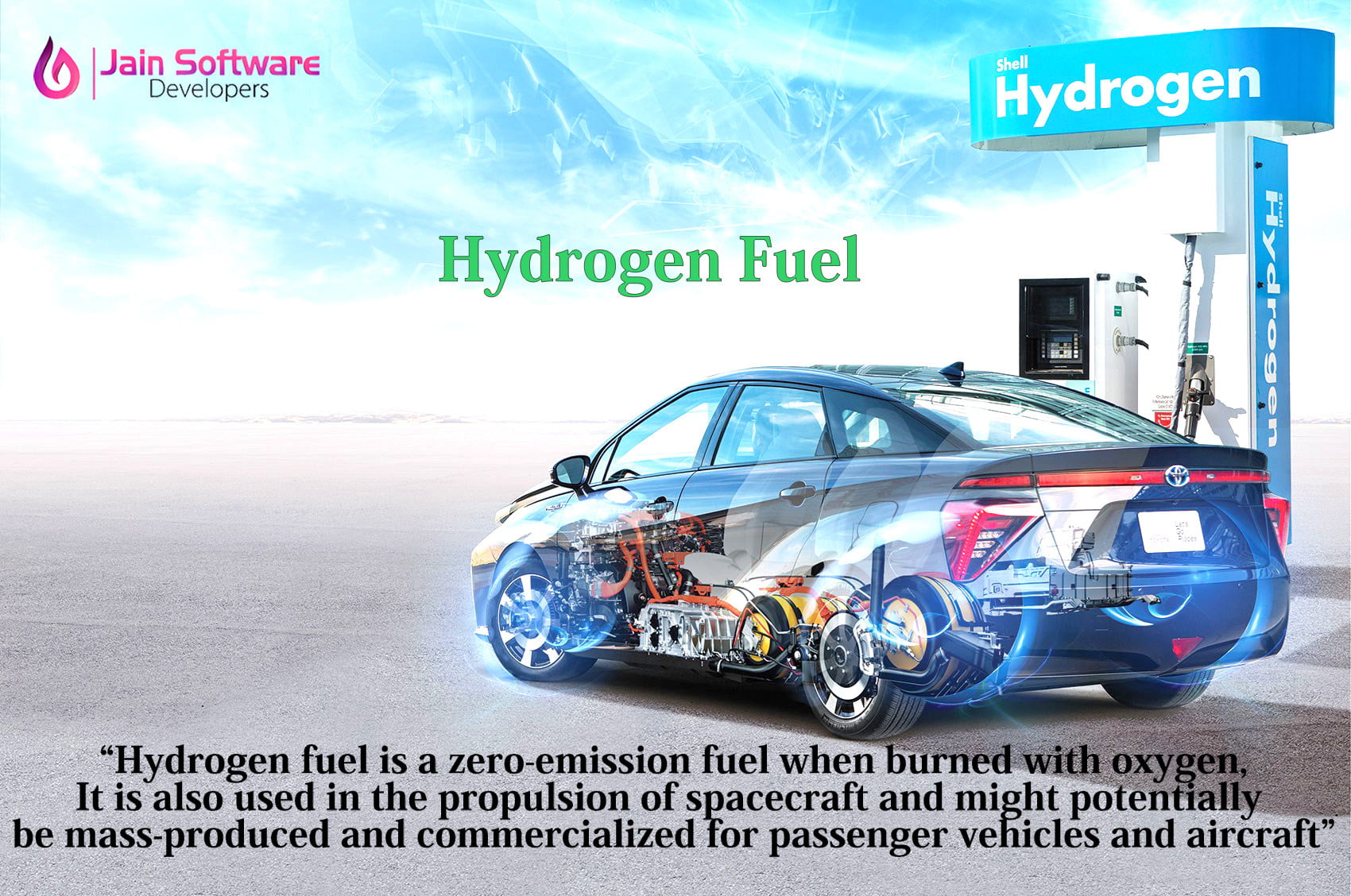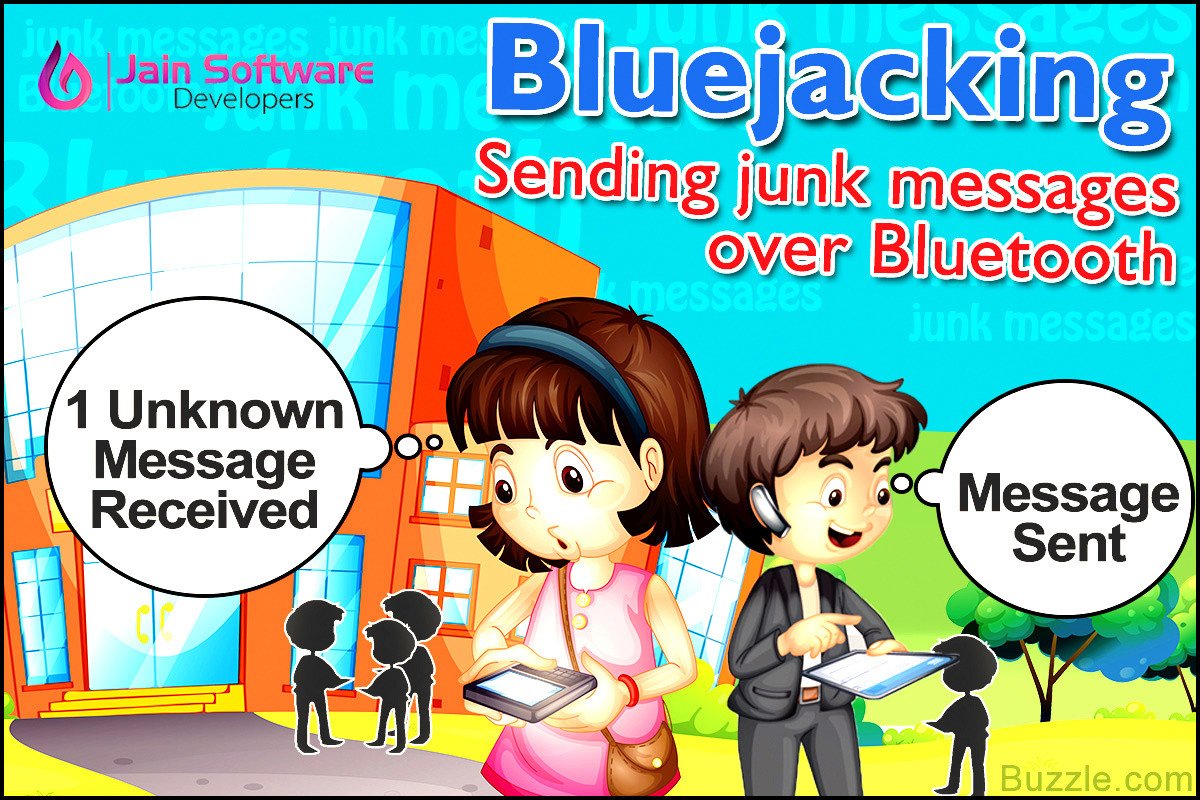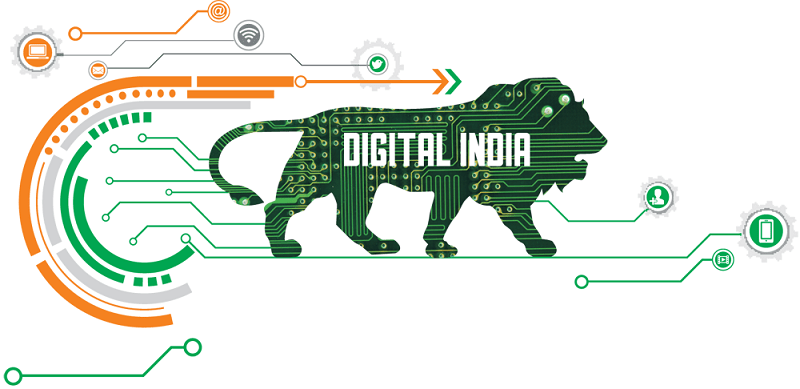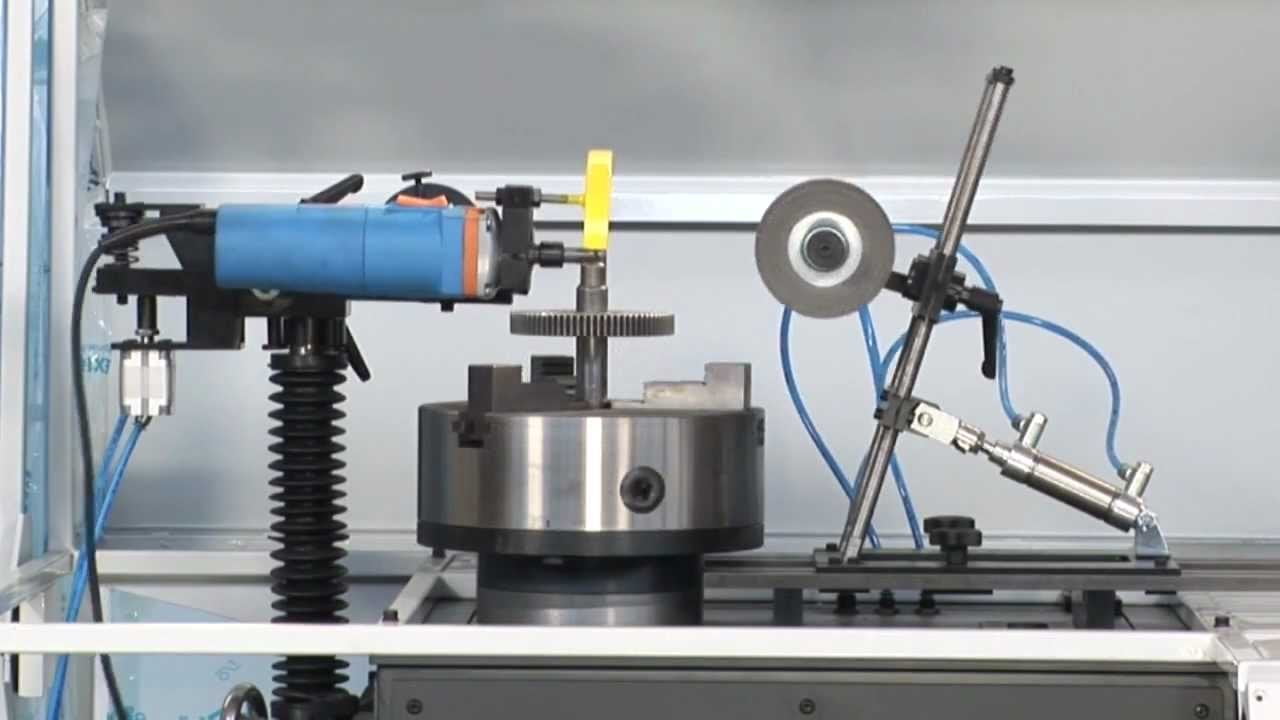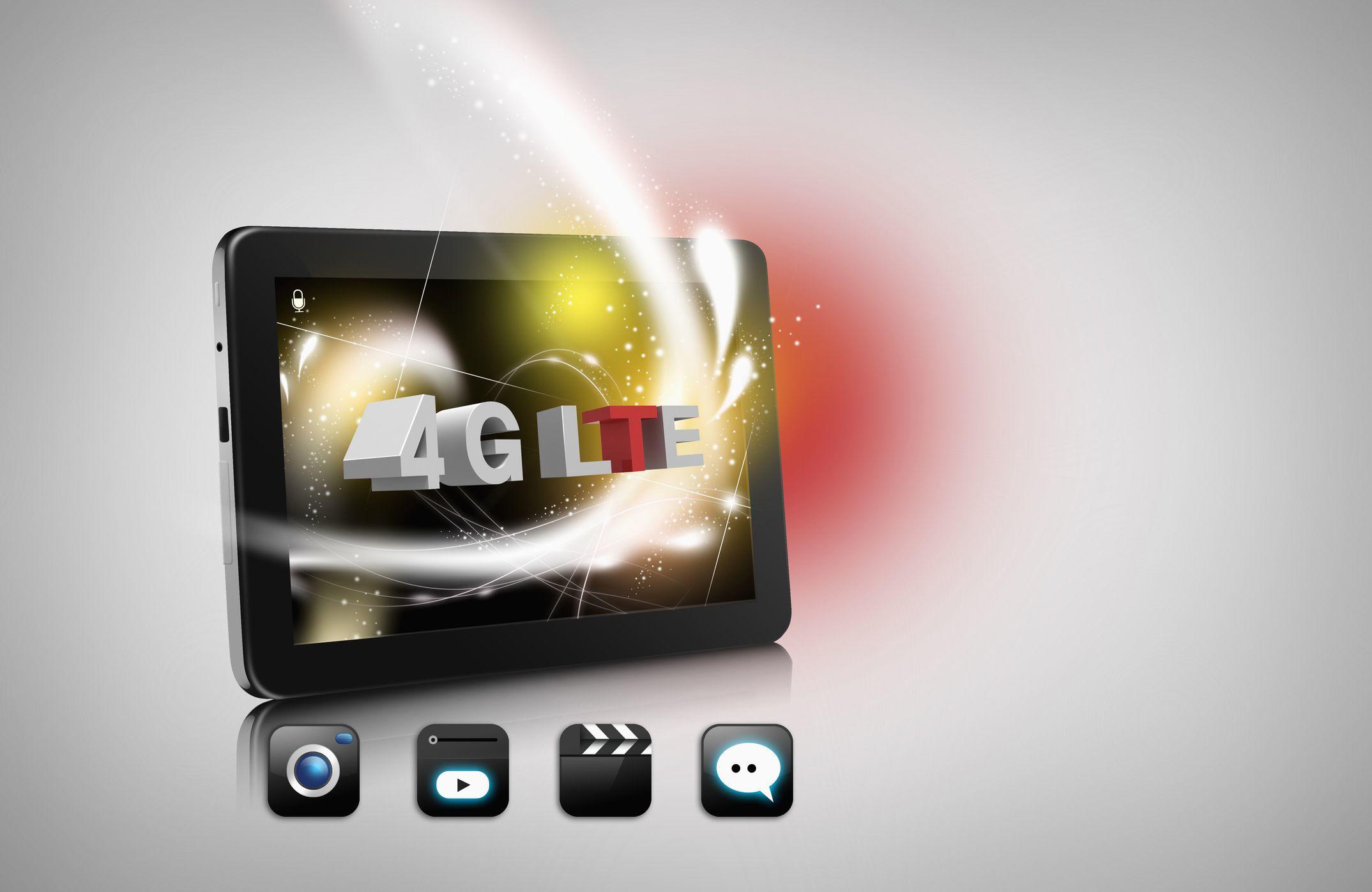Hydrogen: Future Fuel
In Business, Official BlogIntroduction
Hydrogen fuel is considered one of the cleanest energy sources available, as it produces zero emissions when burned with oxygen. It can power vehicles, generate electricity through electrochemical cells, and even propel spacecraft. With continuous technological advancements, hydrogen fuel holds the potential to be mass-produced and commercialized for everyday transportation, including passenger vehicles and aircraft.
Hydrogen is the first element in the periodic table, making it the lightest of all elements. Because it is so light, pure hydrogen gas (H₂) naturally rises in the atmosphere, meaning it is rarely found in its free form on Earth. When hydrogen burns in the presence of oxygen, it reacts to form water (H₂O) and releases a significant amount of energy:
2H₂ (g) + O₂ (g) → 2H₂O (g) + Energy
If hydrogen burns in normal atmospheric air, small traces of nitrogen oxides may form, but the overall emissions remain minimal compared to traditional fossil fuels.
Hydrogen can release energy efficiently, particularly when used in electrochemical cells. However, because it does not naturally occur in large amounts, hydrogen is best viewed as an energy carrier—similar to electricity—rather than a direct energy resource. It must be produced from other compounds, and the production process always requires more energy than what can later be recovered from burning it. This is a fundamental limitation governed by the conservation of energy.
Hydrogen Production
Pure hydrogen is not readily available on Earth, so it must be produced through industrial processes that require substantial energy. The two primary methods of hydrogen production are electrolysis and steam-methane reforming (SMR).
1. Electrolysis
In this process, electricity is passed through water to separate hydrogen and oxygen atoms. The electricity used for electrolysis can come from renewable sources such as wind, solar, hydro, and geothermal energy, or from fossil fuels and nuclear power. Electrolysis is being actively researched as a sustainable and cost-effective way to produce hydrogen domestically.
2. Steam-Methane Reforming (SMR)
This is currently the most common industrial method for large-scale hydrogen production. It involves reacting methane with high-temperature steam to extract hydrogen. However, this process produces carbon dioxide (CO₂) and carbon monoxide (CO), both of which are greenhouse gases that contribute to global warming.
Energy Potential and Challenges
Hydrogen exists in vast quantities within water, hydrocarbons, and organic matter. The main challenge lies in extracting it efficiently. Most hydrogen today is produced through steam reforming of natural gas, which is relatively inexpensive but environmentally harmful.
Hydrogen can also be produced from water via electrolysis, though this requires large amounts of electricity. Once produced, hydrogen acts as an energy carrier that can be used in fuel cells to generate electricity and heat, or burned directly in combustion engines.
When hydrogen burns in air, the flame temperature reaches around 2000°C, producing water vapor as the main byproduct. Historically, carbon-based fuels have been more practical because they contain more energy per unit volume. However, the carbon released during combustion is a major contributor to climate change.
Hydrogen, being the smallest element, can escape from storage containers in trace amounts. Although small leaks are not dangerous with proper ventilation, storage remains a technical challenge. Hydrogen can cause metal pipes to become brittle, which means specialized materials are required for safe transportation.
Uses of Hydrogen Fuel
Hydrogen fuel can power rockets, cars, boats, airplanes, and fuel cells used in portable or stationary energy systems. When used in vehicles, it powers electric motors through fuel cells rather than direct combustion.
The major challenges for hydrogen-powered vehicles are storage and distribution. Hydrogen must be stored either in high-pressure tanks or cryogenic (super-cooled) tanks, both of which are costly and complex.
Hydrogen can serve as an alternative fuel if it meets the following conditions:
-
Technically feasible
-
Economically viable
-
Convertible to other energy forms
-
Safe to use
-
Environmentally friendly
Although hydrogen is the most abundant element on Earth, it must be extracted from compounds like natural gas, coal, or water. Hydrogen-powered internal combustion engines require only minor modifications from gasoline engines. However, fuel cell vehicles (FCVs) that use polymer electrolyte membrane (PEM) technology offer greater efficiency and cleaner operation.
A kilogram of hydrogen costs around $4, roughly equivalent to the energy of one gallon of gasoline. Yet, in vehicles such as the Honda FCX Clarity, a single kilogram can power the car for about 68 miles, showing great potential for future mobility.
Economic and Environmental Considerations
Currently, the production and storage of hydrogen are expensive, and much of the hydrogen generated today comes from nonrenewable resources like natural gas. To make hydrogen fuel a truly sustainable solution, it must be produced using renewable energy sources such as solar and wind power.
The U.S. Department of Energy has funded research into producing hydrogen from coal while capturing carbon emissions through carbon sequestration. However, this method is controversial, as storage sites for captured carbon are limited, and the risk of groundwater contamination remains a concern.
For hydrogen to play a significant role in reducing global warming, the focus must shift toward cleaner production methods. When the environmental damage caused by fossil fuels is accounted for economically, renewable energy sources like wind and solar become more viable long-term options.
The Road Toward a Hydrogen Economy
Creating a global hydrogen economy, where hydrogen powers most transportation and industry, will require significant investment and innovation. At present, the most cost-effective hydrogen production method remains steam reformation of natural gas, which is neither renewable nor carbon-neutral.
Electrolysis of water, when powered by renewable energy, offers a sustainable path forward, but currently, less than 5% of global electricity comes from renewables. Expanding renewable infrastructure is essential before hydrogen can become a mainstream energy source.
One promising experiment conducted at the GM Proving Ground in Milford, Michigan, connected 40 solar photovoltaic (PV) modules directly to a hydrogen production system. This setup achieved 8.5% efficiency and produced 0.5 kg of high-pressure hydrogen per day—a step toward self-sufficient, renewable hydrogen generation.
While large-scale hydrogen transport via pipelines may become cost-effective in densely populated regions, it might not be economically viable in sparsely populated areas. In the future, smaller solar-hydrogen systems could allow individuals to produce their own fuel at home.
Conclusion
Hydrogen fuel presents a powerful opportunity to transition toward cleaner, more sustainable energy. Its versatility, high energy density, and zero-emission combustion make it a promising alternative to fossil fuels. However, challenges related to production cost, storage, and infrastructure must be addressed before it becomes widespread.
A rapid shift toward renewable energy and continued innovation in hydrogen technologies could pave the way for a sustainable hydrogen economy. The move from fossil fuels to hydrogen is not just an energy transition—it’s a step toward securing a cleaner and more stable future for the planet.


